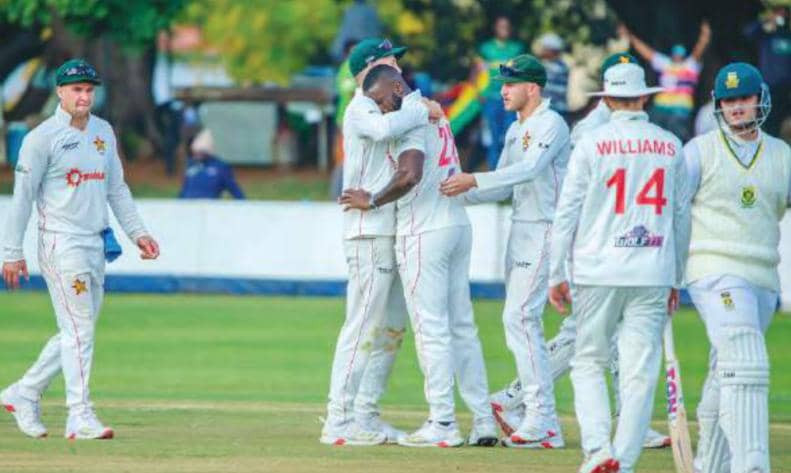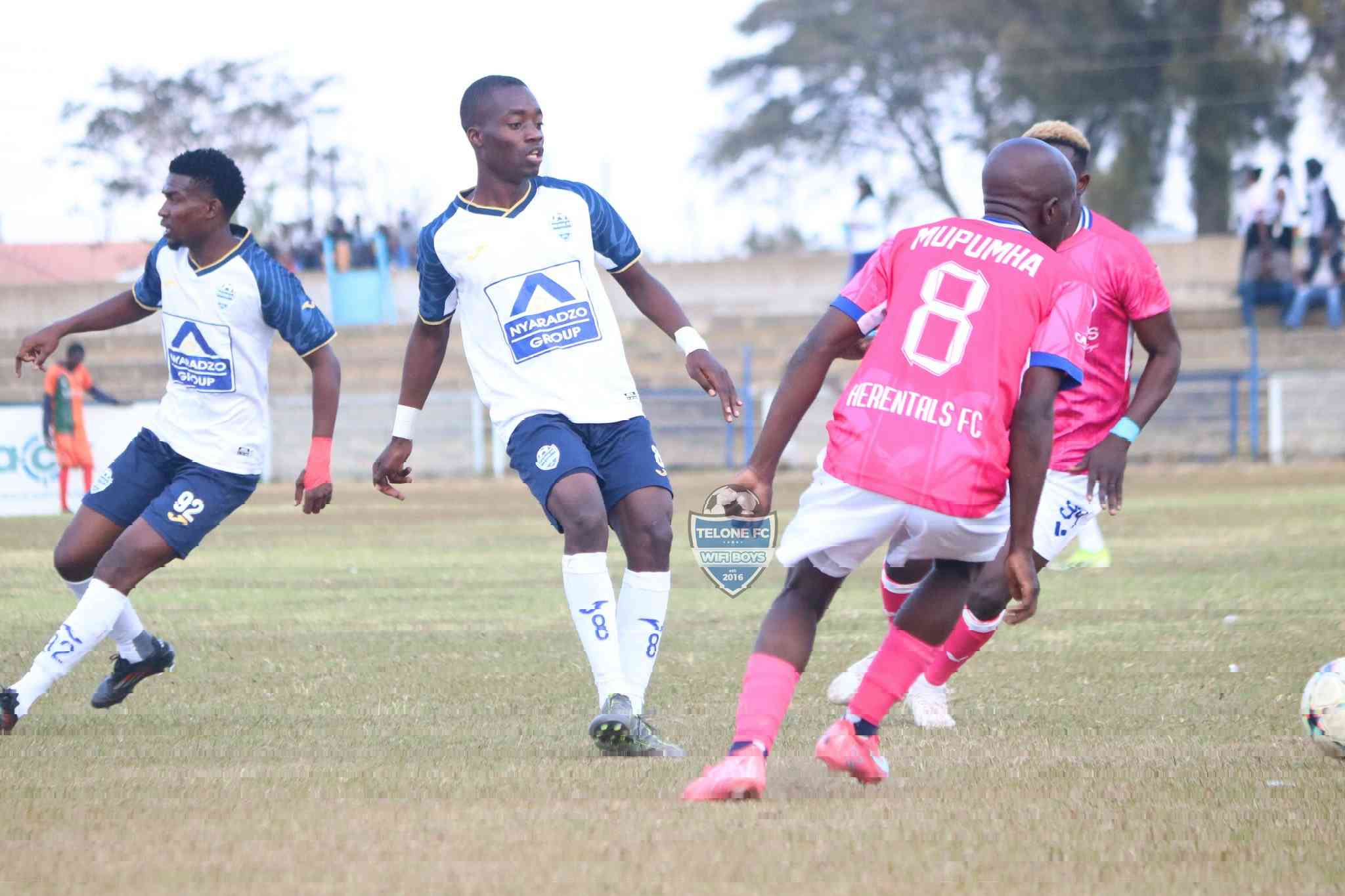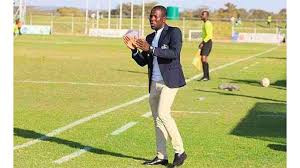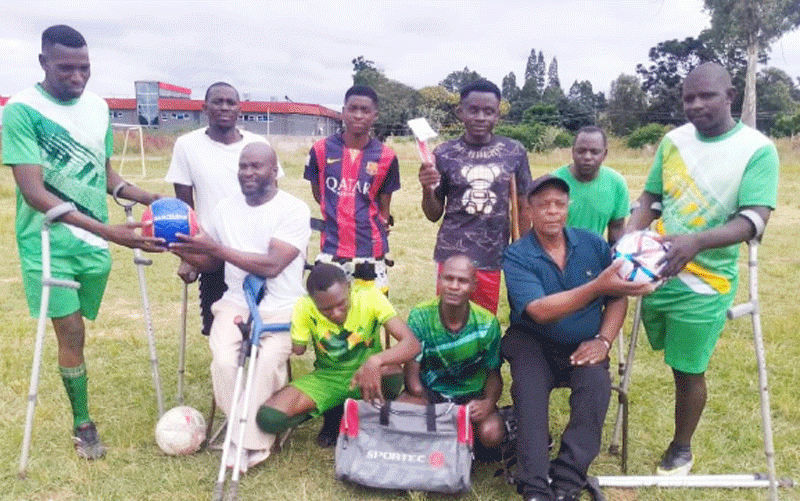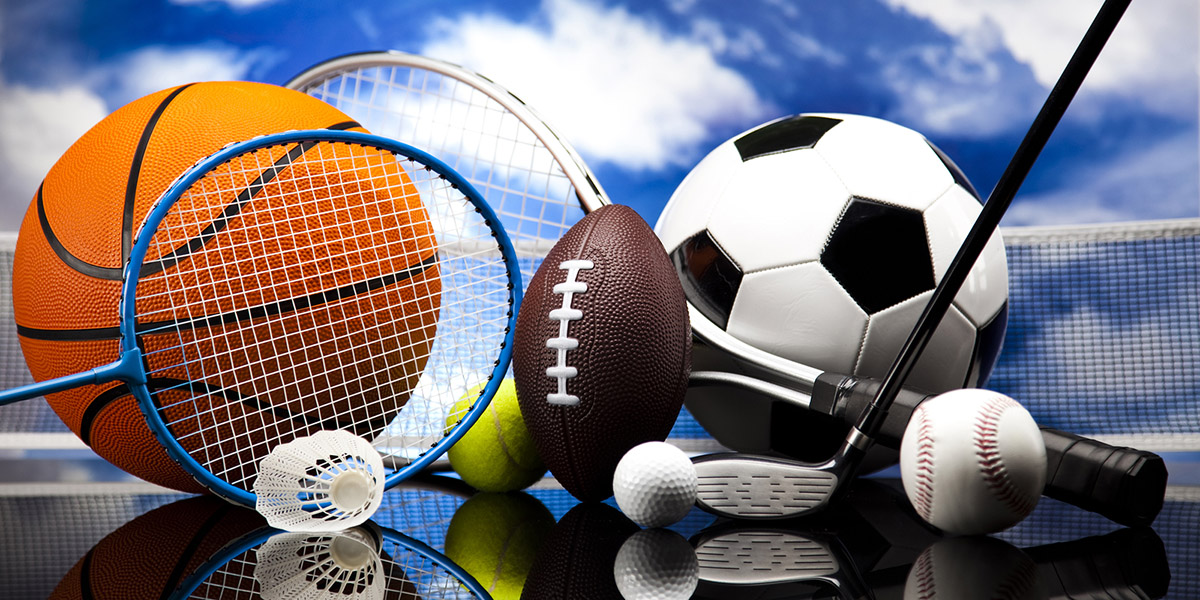
It goes without saying that a Head can easily tell whether a parent was a good or bad pupil when the parent was a child at school! All a Head needs to do is watch the parent walking down the corridor to the Head’s office and see how he or she acts. If the parent slows down, looks around furtively, holds back slightly, checks whether his clothes are neat, fidgets with his hands, then we will most likely be entirely correct in assuming that the same parent had been in trouble many times while at school — the memories of being sent to the Head’s office linger in a person’s mind for a long time!
school of sport:with TIM MIDDLETON
We will all remember, after all, only too well that feeling when we were summoned to the Head’s office and our first thought was, “What have I done wrong? Am in trouble? Surely I didn’t do anything wrong? Help!” (We never imagined that it could possibly have been for something good that we were called!) In such moments we experienced our stomach churning, our skin sweating, our palms clammy, our hands shaking, our throat drying, our muscles tightening, our heart beating, our mind swirling. We felt sick, faint, weak and worried; it was like being on a rollercoaster.
Well might that walk to the office be described as the corridor of uncertainty or even the hall of shame, the passage of doom, the valley of death or the tunnel of terror! Cricketers speak of the corridor of uncertainty, being the area just outside the batsman’s off stump, where he is not too sure whether he should play the ball (and risk being caught behind) or leave it (and risk being bowled). Being caught in two minds is considered to be dangerous as the player only ends not doing either action; and the more we do that, the more our nerves play up. In such situations we do not only experience severe moments of doubt (as considered in a previous article) but also strong sensations of nerves; we feel an army of butterflies in our stomach (“a belly full of glittering monarchs and swallowtails” as one writer put it — or “more like killer bees” as Kami Garcia wrote!)
Tyrell Hatton, a British golfer, who has won over US$8 million dollars in prize money following five Tour victories, though he is still only 29 years old, and who has achieved six Top Ten finishes in this Covid-affected year, made an interesting comment following his recent victory at the BMW PGA Championship trophy.
Commentators have noted that Hatton does not disguise his emotions, nor does he stifle them, but Hatton believes that the nerves show that he cares. In fact, he is said to “embrace them as a source of excitement”; he sees them as a source of inspiration. Caroline Buchanan, an Australian Olympic cyclist, echoed such sentiments when she said, “When I compete … I like to have nerves: the butterflies flying and my hands shaking. This way, I am completely amped, focused, and ready; otherwise, I tend to be too relaxed, content, and don’t perform at my maximal potential.”
In truth, being nervous is a real positive; to some degree, many sportsmen will say it is necessary. It shows that what is being done is important; it matters.
That is why, after all, we have been preparing for such a moment. Nerves will help us to focus more clearly, as we do not know how the situation will end up.
- Chamisa under fire over US$120K donation
- Mavhunga puts DeMbare into Chibuku quarterfinals
- Pension funds bet on Cabora Bassa oilfields
- Councils defy govt fire tender directive
Keep Reading
The adrenaline rush is useful but needs to be controlled. Youngsters need to learn to control what they can control and not to try to control what they cannot, though they would be advised not to follow the example of another golfer, ChiChi Rodriguez, who commented that, “The first time I played the Masters I was so nervous I drank a bottle of rum before I teed off. I shot the happiest 83 of my life!”
Youngsters are going to face many situations all through life which will put them on edge, will make them nervous, so school (and school sport in particular, where actually the result is not too important) is going to help them to be prepared and equipped. We need to help our children learn to have nerves and to deal with nerves. Georges St-Pierre, who is considered by many as one of the greatest fighters in mixed martial arts history, gave a helpful explanation, when he said that, “It’s OK to get butterflies in your stomach; the key is to learn how to make them fly in formation.” We need to help them fly in formation so that our youngsters can face that corridor of uncertainty, any time in their lives, successfully. Let us take them down the corridor of uncertainty with confidence, not complacency. They will actually be in more trouble if they have no nerves — just ask the Head.
l Tim Middleton is a former international hockey player and headmaster, currently serving as the Executive Director of the Association of Trust Schools Email: [email protected]

